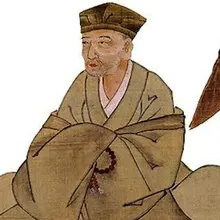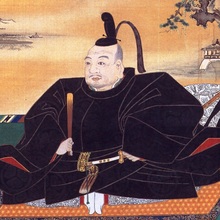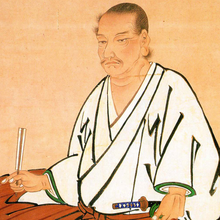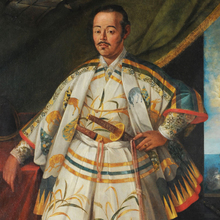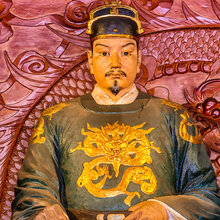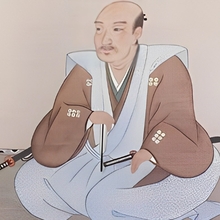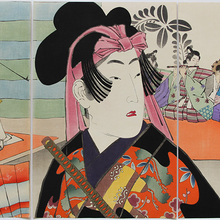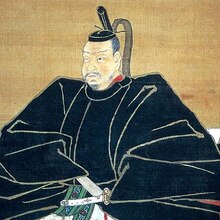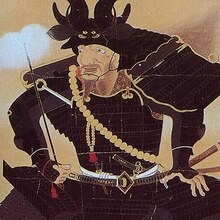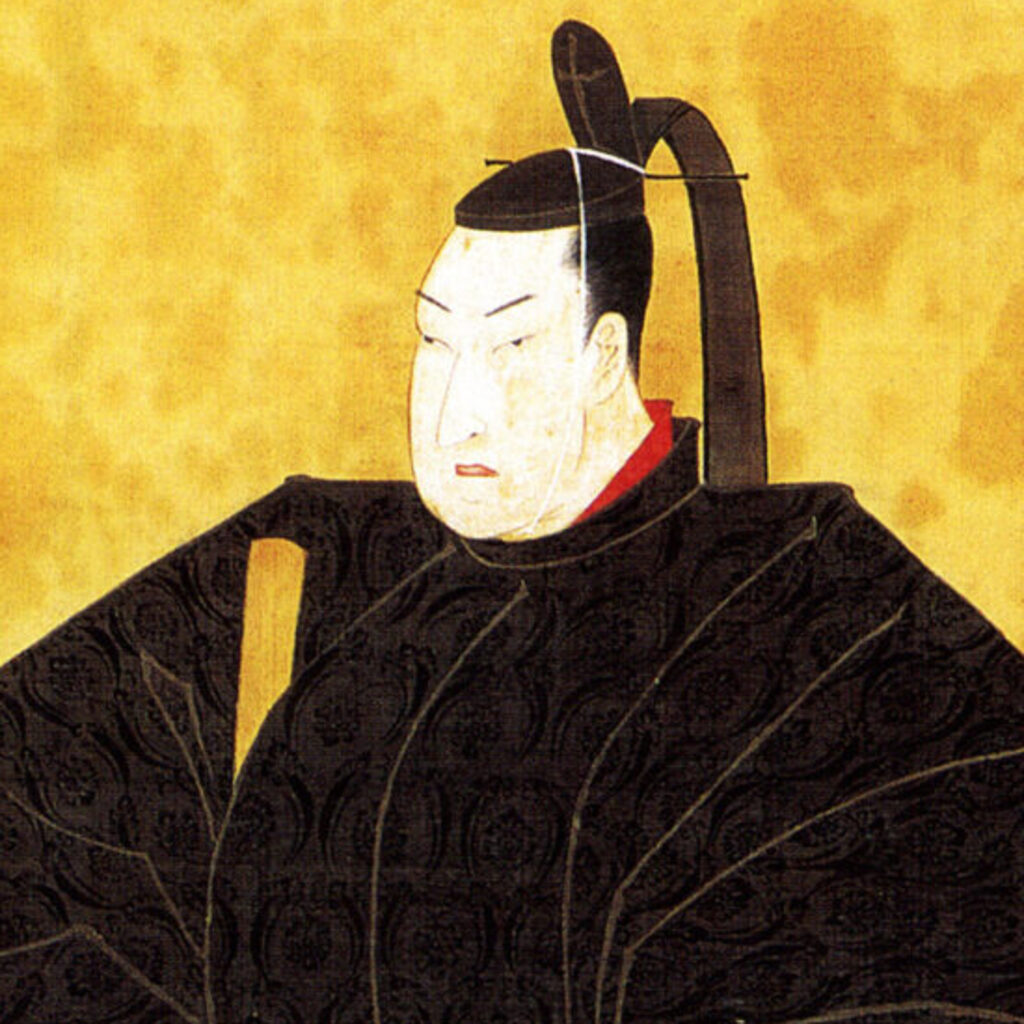
Personal
Other names:
Job / Known for:
Third shogun of the Tokugawa dynasty
Left traces:
Established the sakoku policy of isolation
Born
Date:
1604-08-12
Location:
JP
Edo, Tokugawa shogunate (now Tokyo, Japan)
Died
Date:
1651-06-08 (aged 47)
Resting place:
JP
Death Cause:
Stroke
Family
Spouse:
Takatsukasa Takako
Children:
Chiyohime, Tokugawa Ietsuna, Tokugawa Tsunashige, Tokugawa Tsunayoshi, Tsurumatsu, and others
Parent(s):
Tokugawa Hidetada and Lady Oeyo
QR Code:
Show More
Rank
Users ranking to :
Thanks, you rate star
Ranking
5.0
1
Fullname
Tokugawa Iemitsu
Fullname NoEnglish
徳川 家光
Slogan
The strong manly ones in life are those who understand the meaning of the word patience
About me / Bio:
Show More
Article for Tokugawa Iemitsu
Died profile like Tokugawa Iemitsu
Comments:

